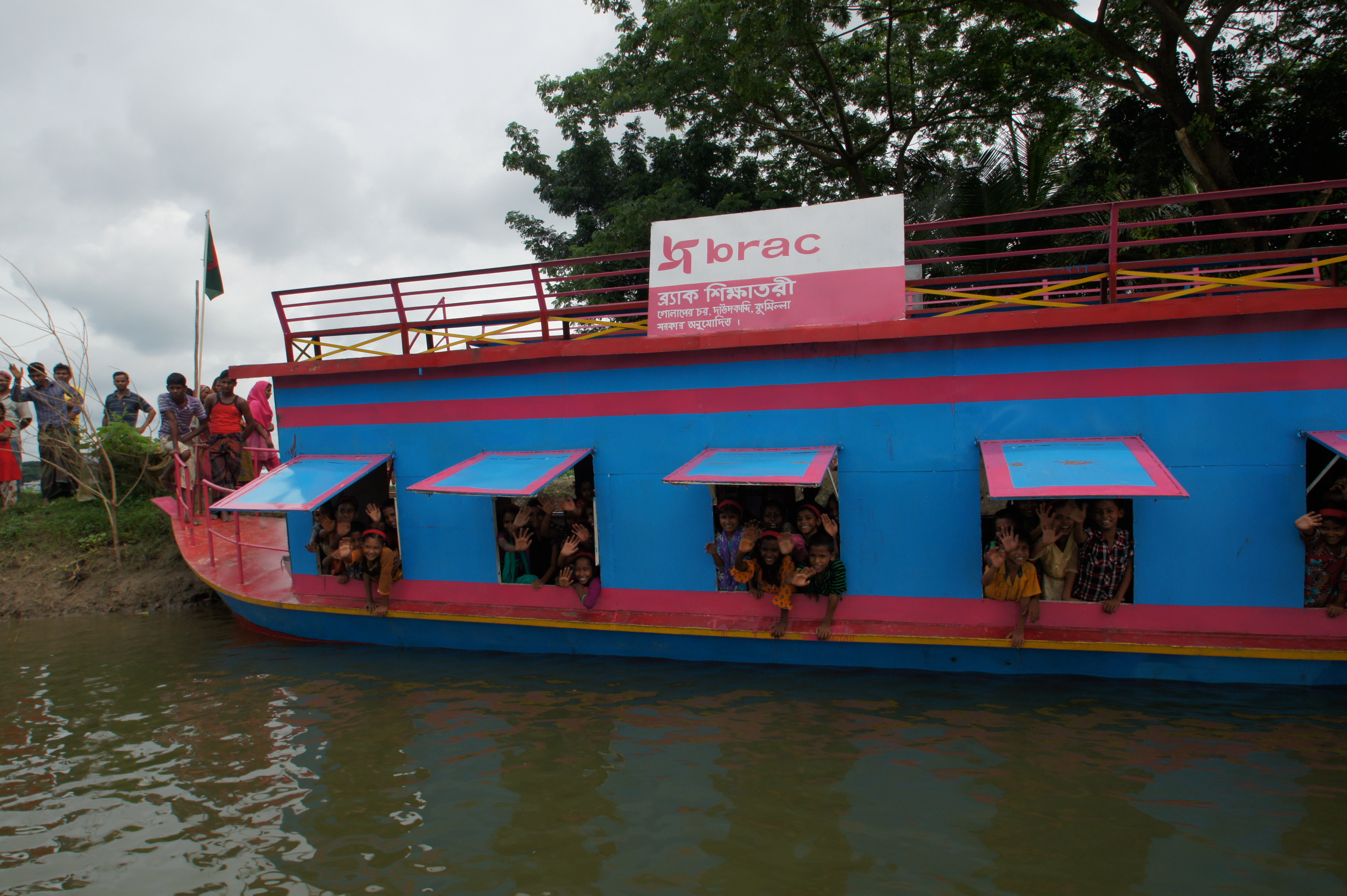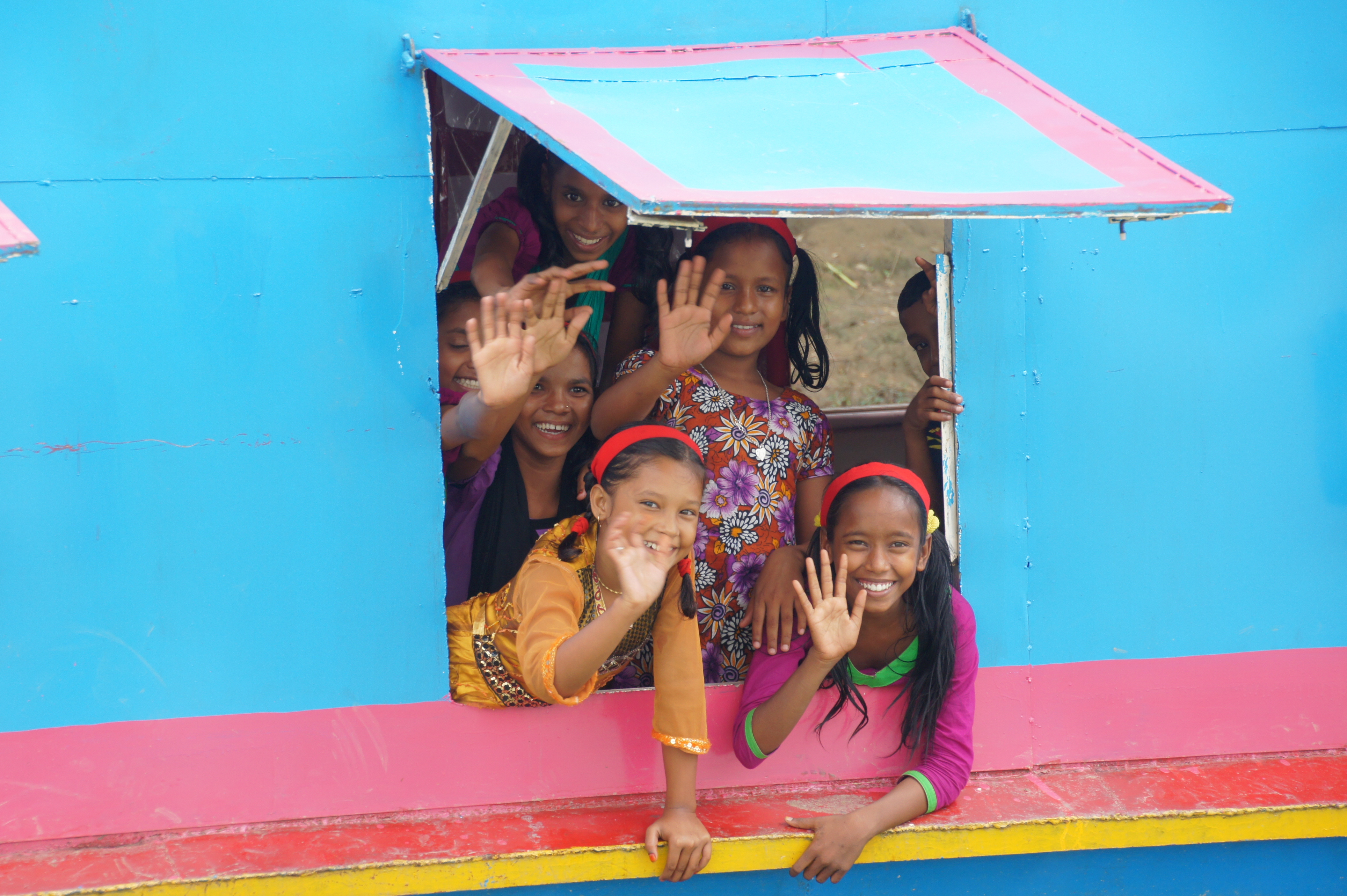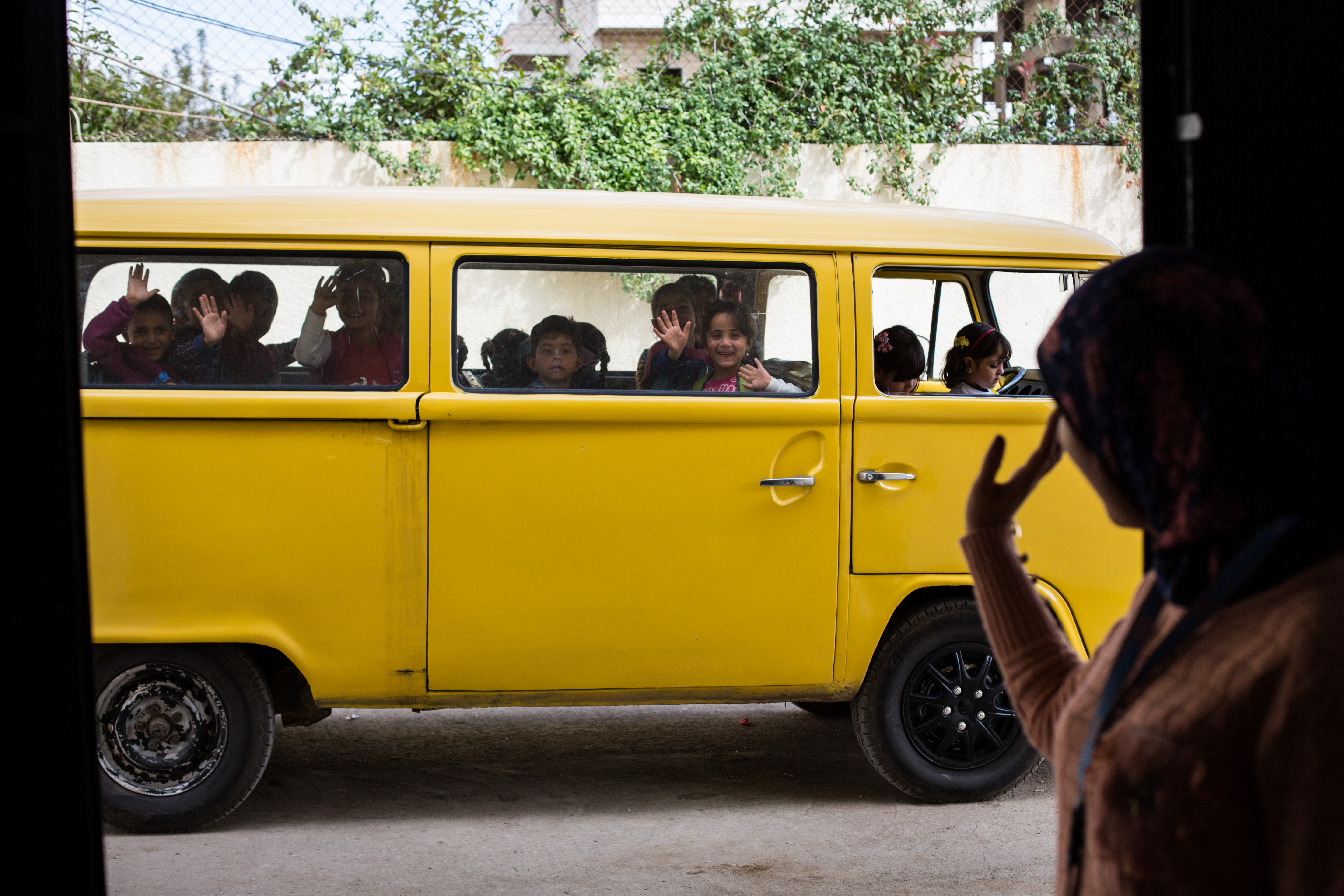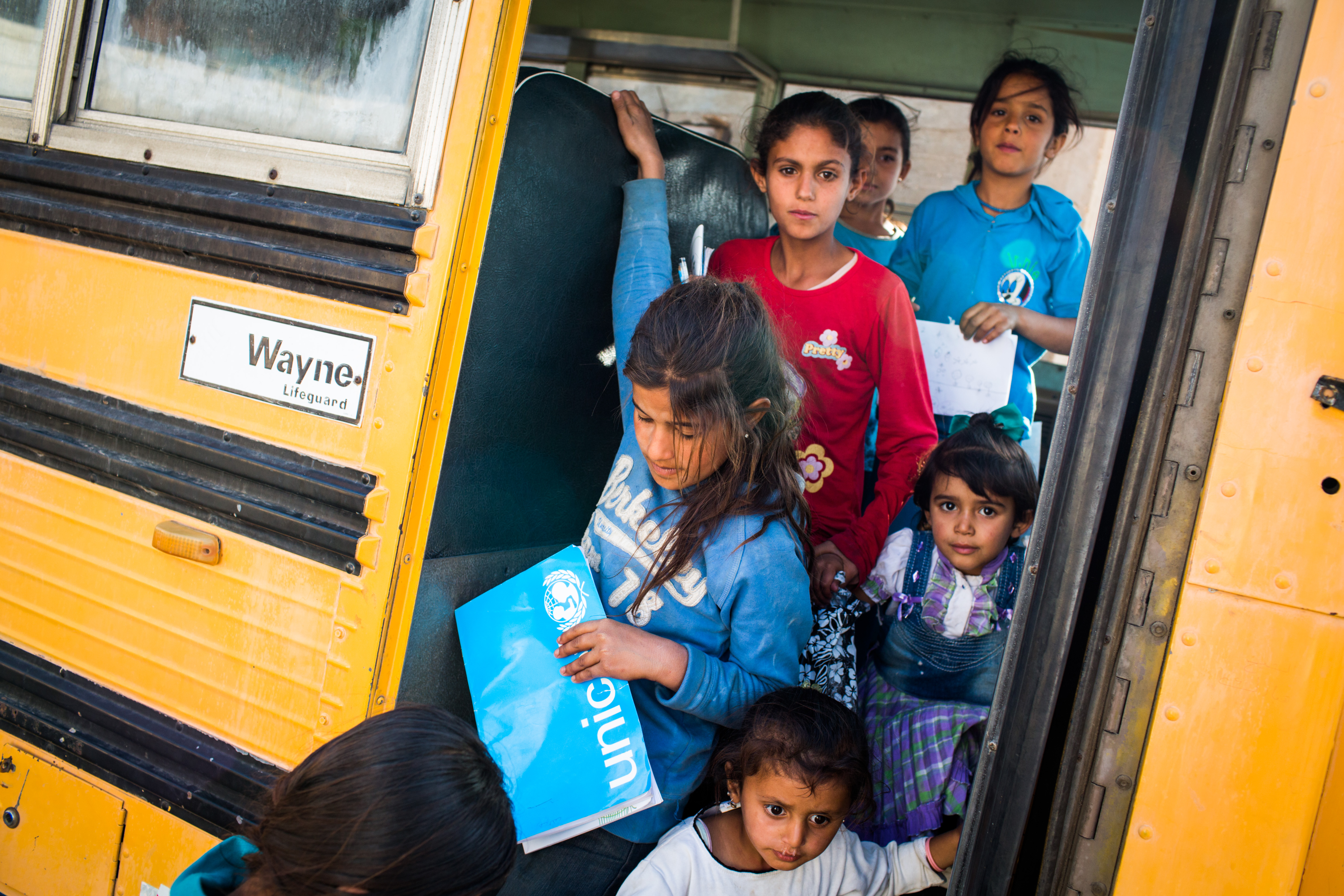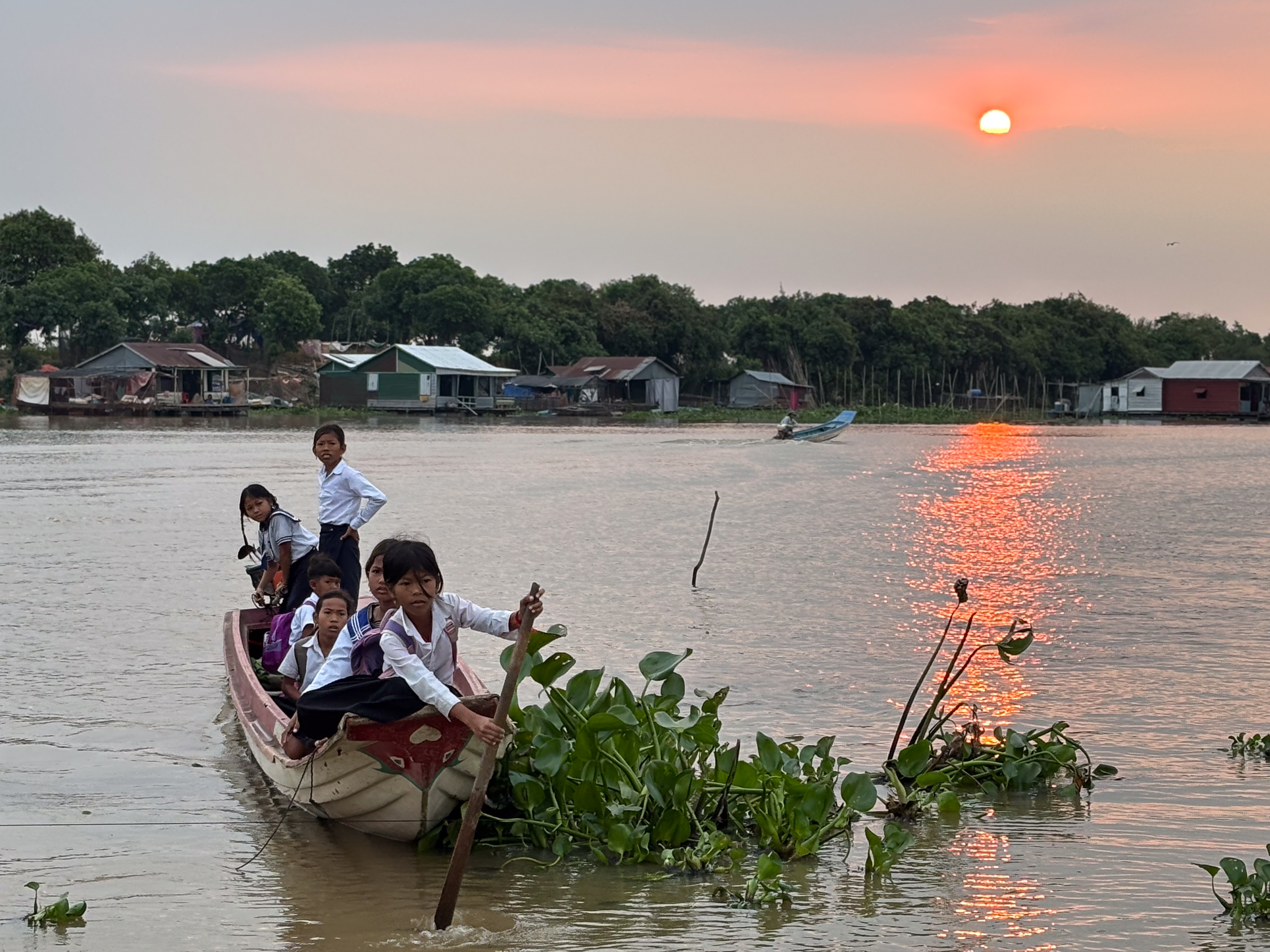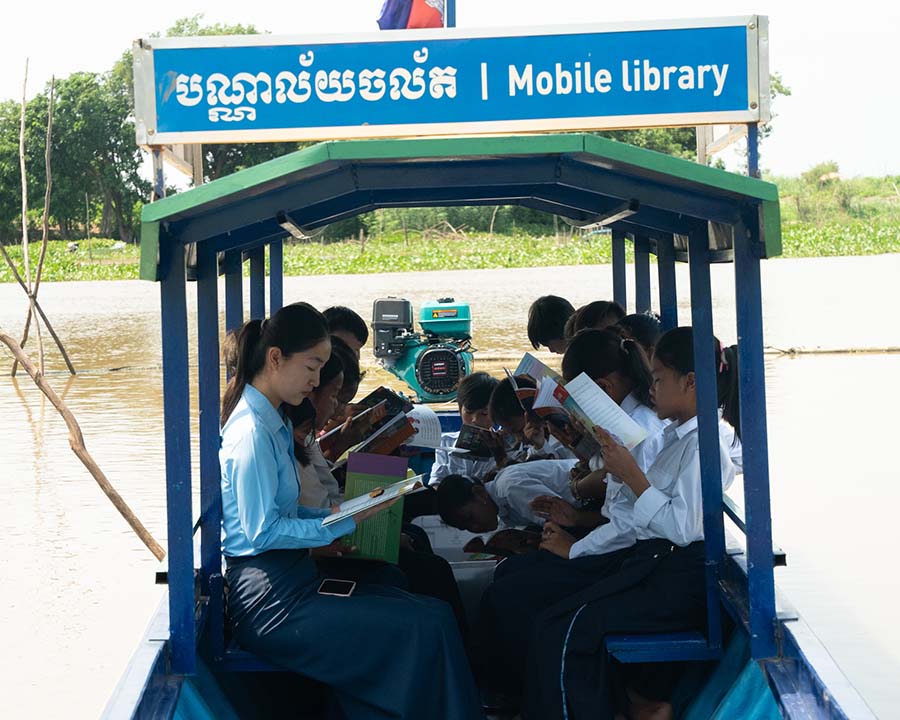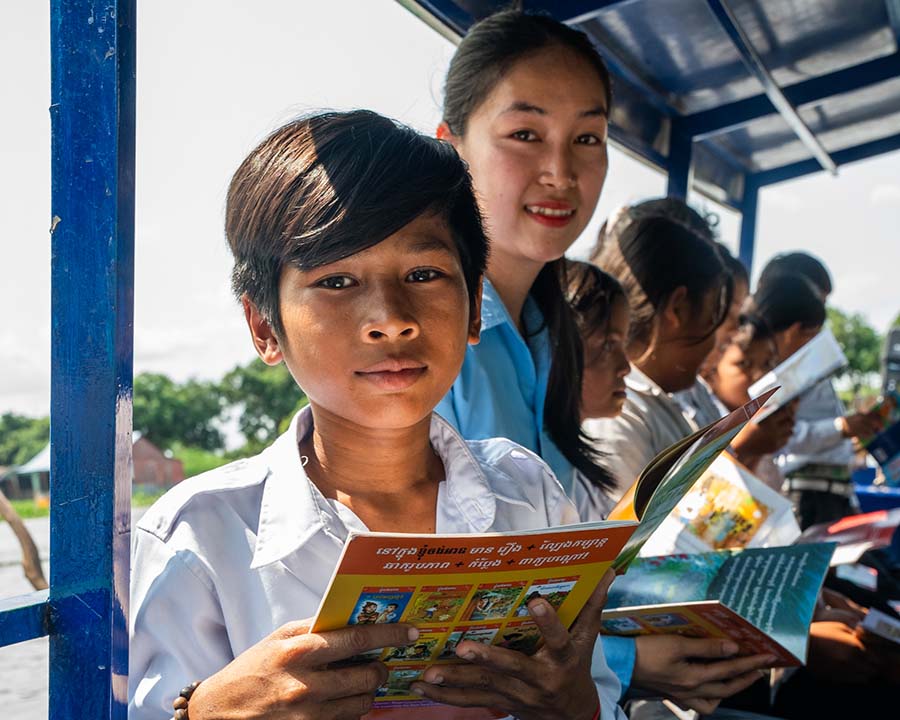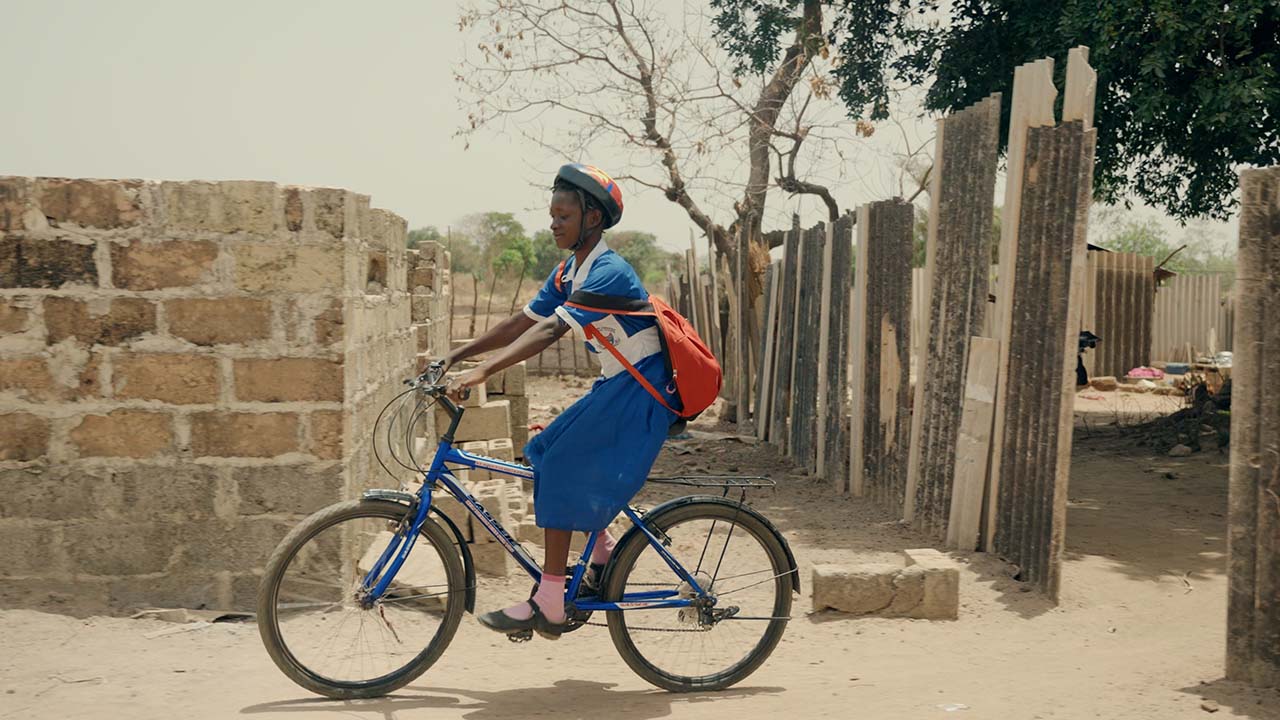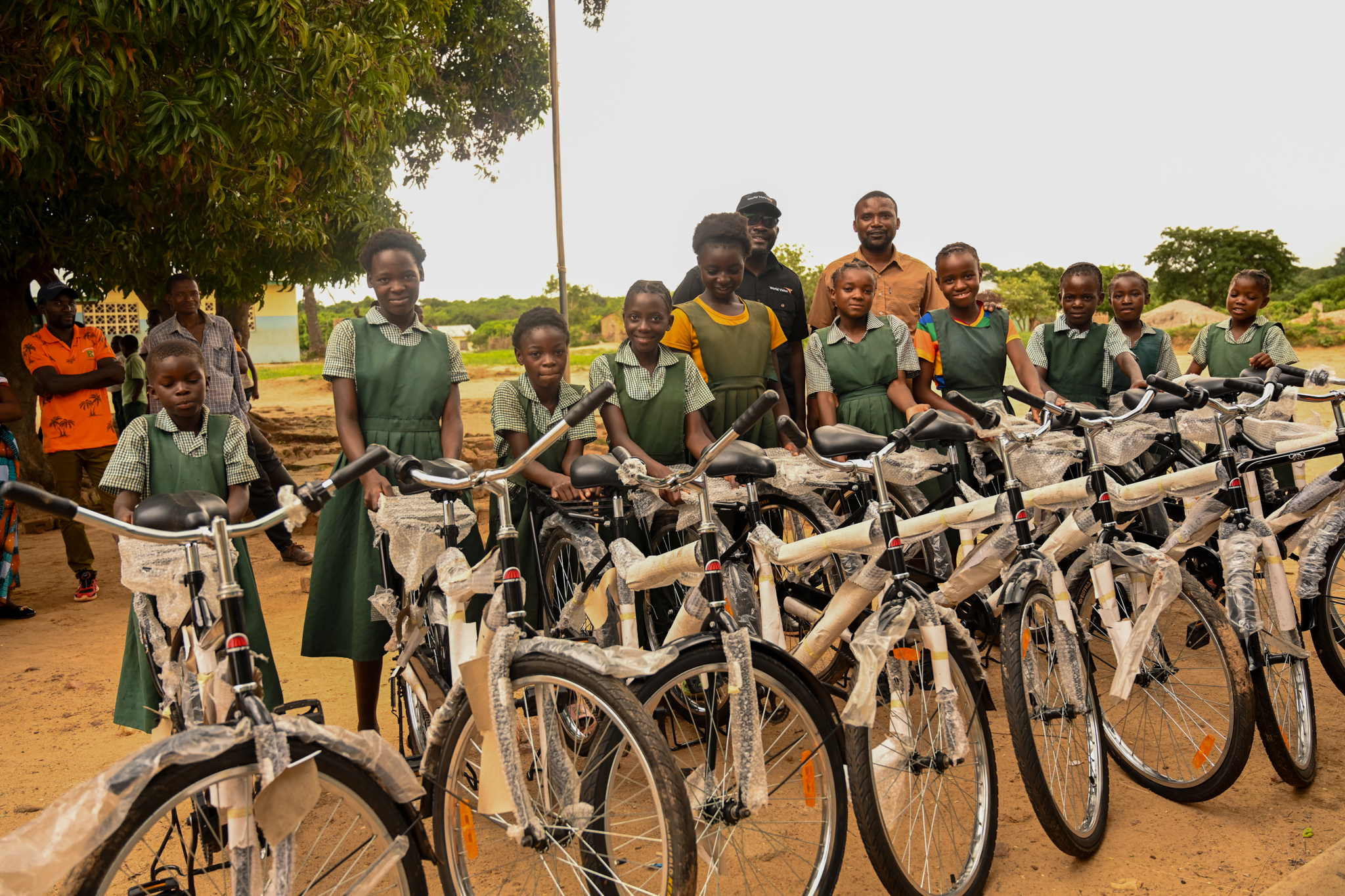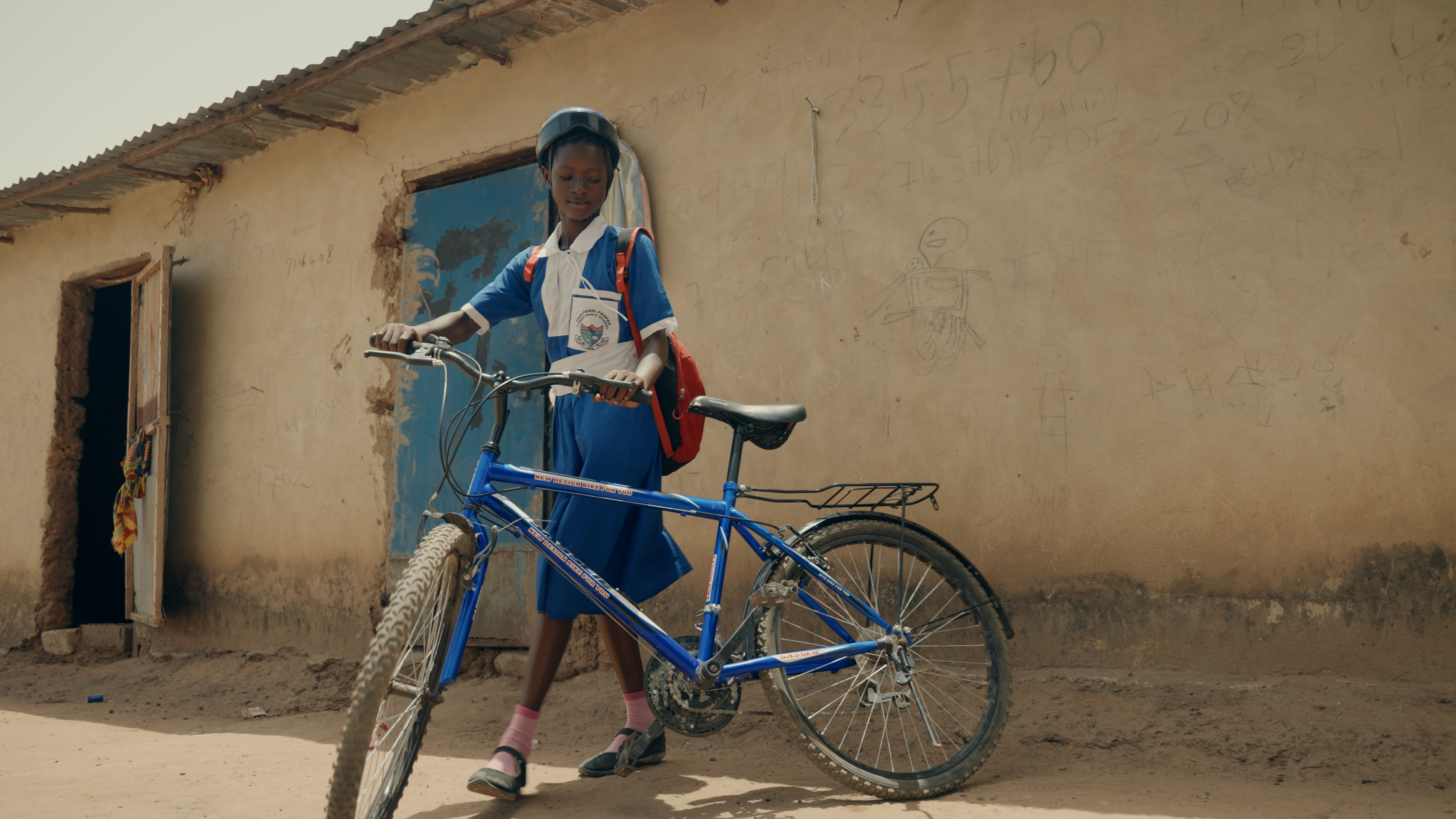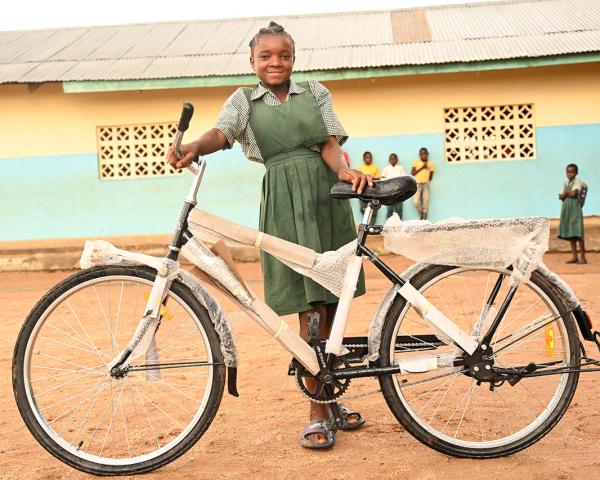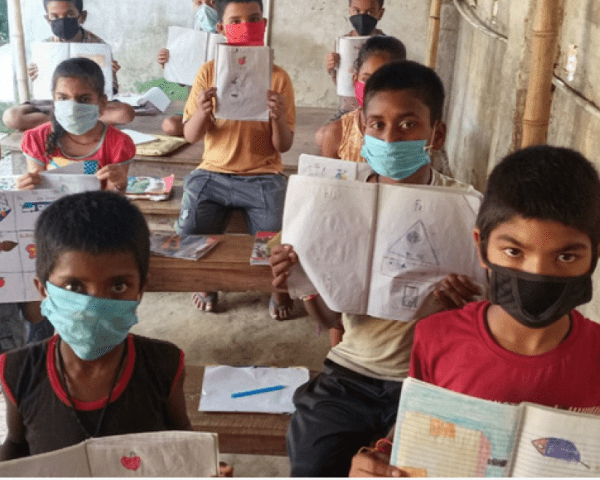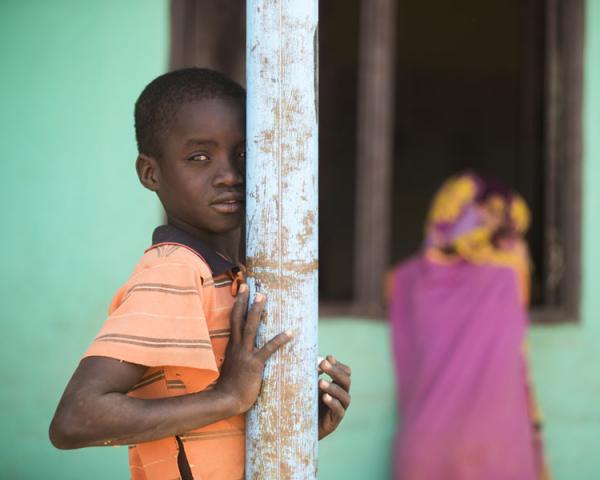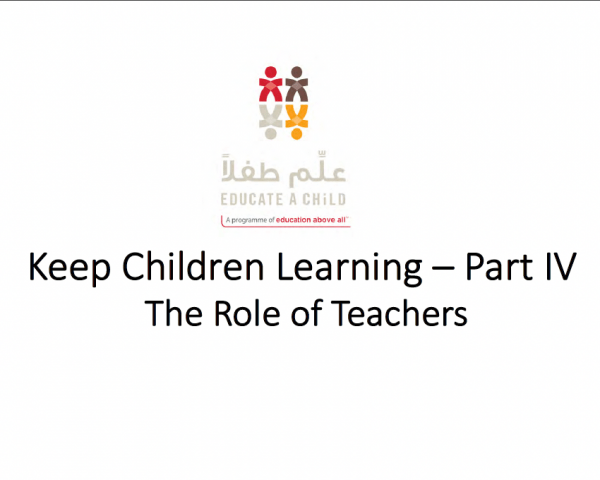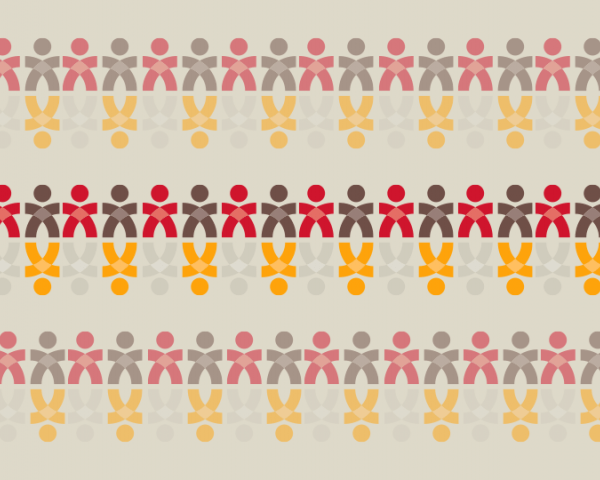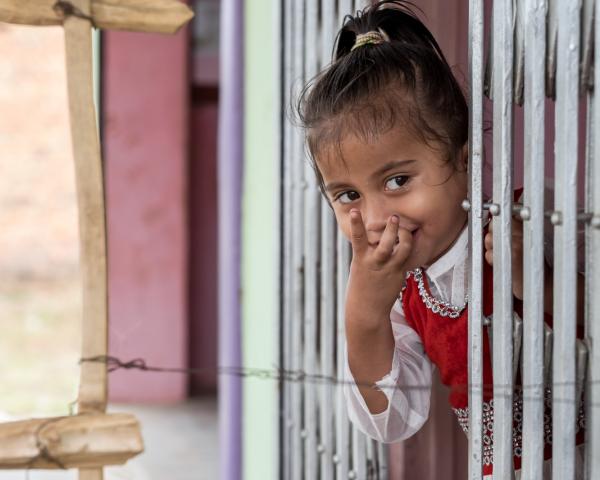Across floodplains, mountains, and rural villages in Asia and Africa, the simple act of getting to school remains one of the greatest barriers to learning. For millions of children, a long arduous journey often determines whether they attend class or drop out entirely.
To address this challenge, the Education Above All (EAA) Foundation, through its Educate A Child (EAC) programme and in collaboration with local and international partners, is helping children overcome the physical and financial obstacles that stand between them and the classroom. From boats and bicycles to buses and buddy systems, these locally driven solutions are helping children reach school safely, regularly, and with dignity.
Across Bangladesh, Nepal, Cambodia, Lebanon, The Gambia, and Zambia, various initiatives tailored to the local context are redefining what access to quality education means in places where the journey itself has long been the hardest frontier to cross.
To date, EAA Foundation and its partners have enabled more than 14.7 million out of school children worldwide to access quality primary education, addressing barriers such as poverty, conflict, climate change, lack of infrastructure and long distances to school.
“Distance should never be the reason a child is denied their right to education,” said Derek Langford, Senior Engagement Specialist, EAA Foundation. “By creating context-specific solutions, communities are proving that even the toughest terrain can be crossed when education is within reach.”
Bangladesh: When the School Comes to You
In the flood-prone regions of the Sunamganj district in Bangladesh, BRAC, in partnership with EAA Foundation, implemented a ground-breaking concept: “If children can’t go to school, the school will come to them.”
Between 2012 and 2017, Shikkha Toree (Boats of Education) floated across communities as both a classroom and a means of transport for thousands of children otherwise marooned by flood. Powered by solar energy, each boat doubled as a classroom by day and a community hub by night. These floating schools taught literacy and numeracy alongside art, environmental awareness, and emotional resilience, transforming the act of learning into a voyage of hope.
Over 14,500 children, many of them first-generation learners, accessed primary education through BRAC’s boat schools. In 2017, the model was recognised among the 100 most innovative education projects globally by the non-profit HundrED.
Nepal: Walking Together, Safely
In Nepal’s mountainous regions, where winding rivers and steep paths can keep children from the classroom, EAA Foundation and United World Schools (UWS) introduced a project that pioneered community-based safety models.
Through a buddy system, students walking in the same direction travelled together for safety and companionship, while older students mentored younger peers. Local Mothers’ Groups and School Retention Teams monitored high-risk routes, and volunteers accompanied children home before nightfall during the winter months.
Supporting more than 6,200 at-risk children in Nepal and Cambodia, these low-cost, high-impact interventions significantly improved attendance and retention rates, demonstrating that community engagement is as vital as infrastructure.
Lebanon: Bus Routes of Hope
For Syrian refugee children in Lebanon, the challenge of education access extends beyond displacement; it is about the daily cost and risk of getting to school.
Through EAA Foundation’s partnership with UNICEF, grants were provided to schools to arrange daily transportation for 3,000 Syrian students and 100 teachers in remote or mountainous areas. The initiative also invested in teacher training, psycho-social support, and self-learning materials, ensuring continuity of education for children affected by the crisis.
Block grants allowed schools to design localised transport solutions, proving that flexibility and community input are key to sustainable education delivery.
Cambodia: Rowing Toward Learning
In Cambodia’s northwestern Battambang province, where roads vanish underwater for months during the rainy season, EAA Foundation and Action Education are providing rowboats and mobile libraries to ensure children from the floating villages continue learning.
The boats double as both classroom shuttles and mini libraries, bringing lessons and storybooks to children otherwise cut off for months at a time. Teachers and volunteers operate a mobile learning system that adapts to seasonal flooding, turning climate challenges into learning opportunities.
By focusing on equitable access, the project aims to enrol over 116,000 OOSC across all 25 provinces.
The Gambia and Zambia: Two Wheels to Opportunity
In The Gambia’s rural Lower Fuladu West region, students often walk up to five kilometres daily to reach the nearest school, facing exhaustion and safety risks along the way.
Between 2024 to 2025, ChildFund in The Gambia, in partnership with EAA Foundation through UNICEF and EFaNET, distributed 3,000 bicycles along with helmets and reflectors were to Ministry of Basic and Secondary Education (MoBSE) to support the children who walked long distances to school.
“By the time I reach class, I’m already tired and cannot focus,” said Kaddy Touray, a Grade 5 student from Farafenni Lower Basic School. “Now, with my bicycle, I arrive early and ready to learn.”
The initiative supports The Gambia’s national goal of enrolling all out of school children and adolescents in quality primary education.
In Zambia’s Namwala district, one of the country’s most marginalised regions, where children walk up to eight kilometres to school, EAA Foundation and World Vision are distributing bicycles as part of the efforts to help retain 7,000 primary-aged children at high risk of dropping out.
Since 2017, EAA Foundation and its partners have reached more than 180,000 out of school and at-risk children in Zambia through tailored solutions that bridge the distance to education.
A Global Movement for Access
Whether by bicycle, boat, bus, or buddy system, these EAA Foundation-supported transport initiatives share a common conviction: no child should miss out on education because of where they live.
As climate change, conflict, and inequality continue to reshape the geography of learning, these innovative pathways to school offer simple solutions and are proof that when the journey is made possible, education follows.






